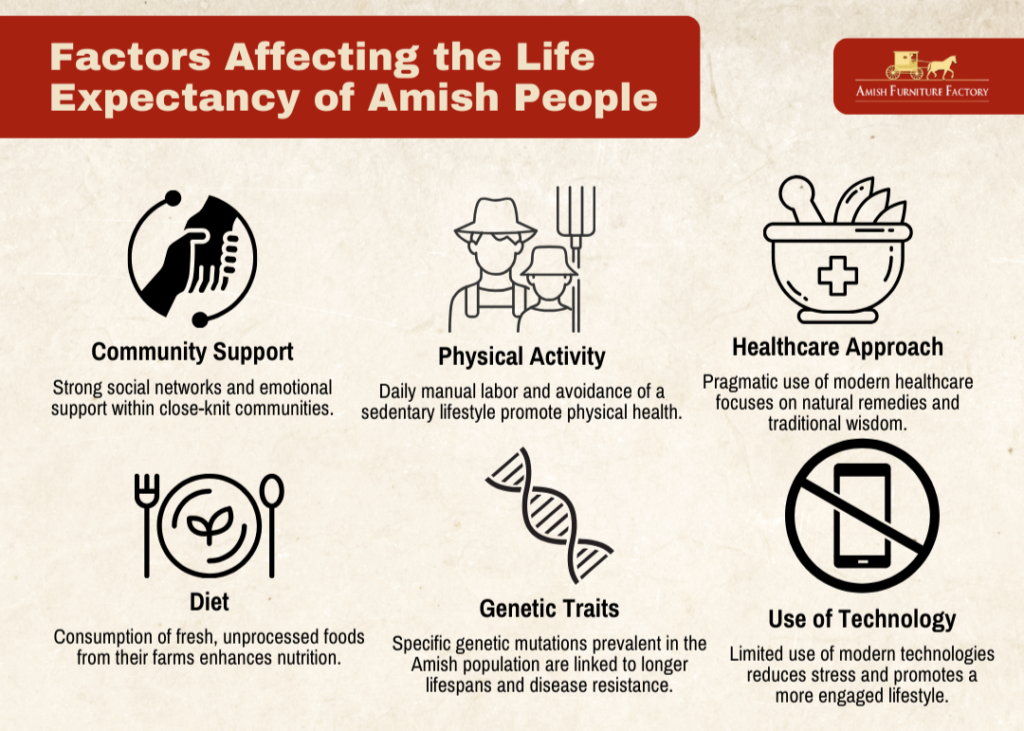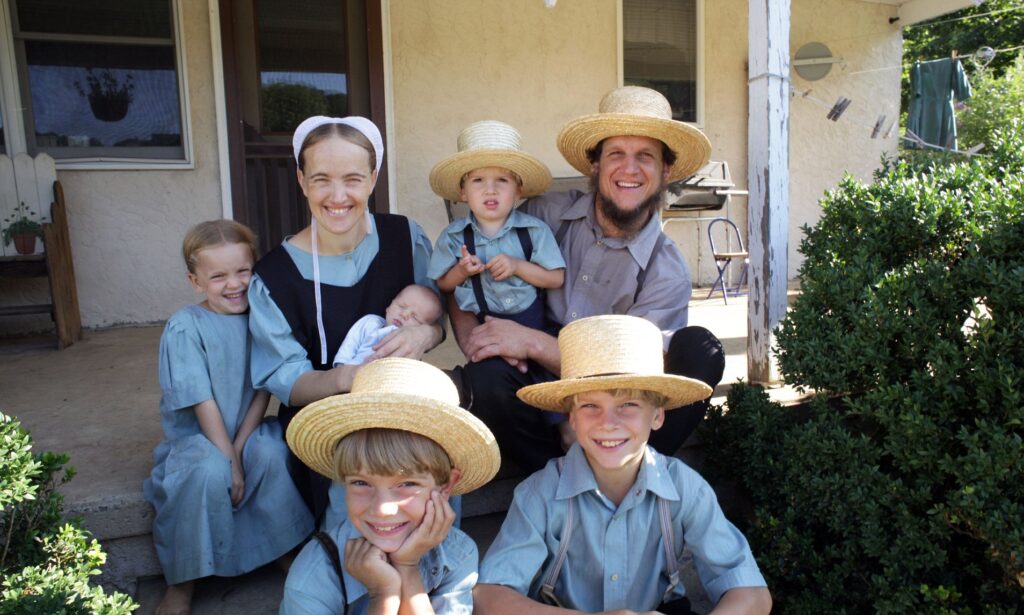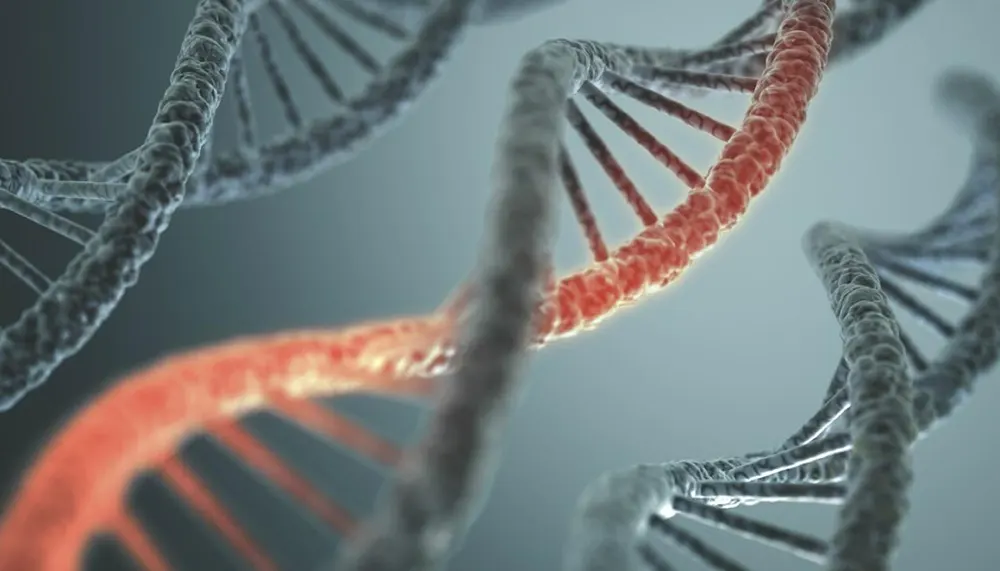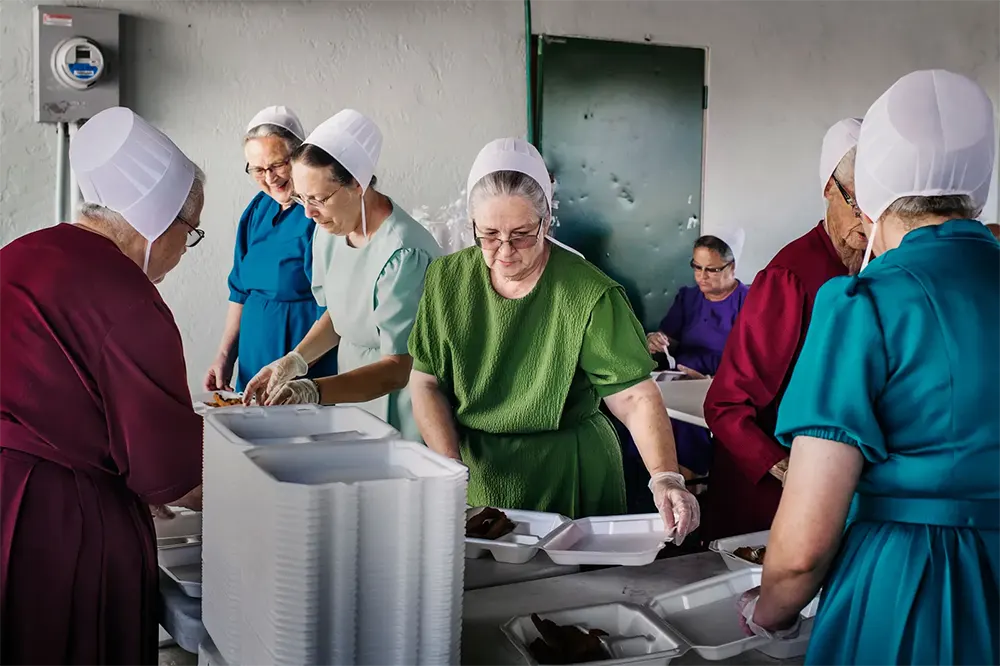The Amish are a group known for their simple living, plain dress, and reluctance to adopt many conveniences of modern technology, which leads to curiosity about how these lifestyle choices affect their life expectancy. Studies and observations suggest that the Amish life expectancy is quite comparable to, and in some cases may even exceed, that of the general population in the United States. But how long do Amish people live?
The average life expectancy of the Amish is similar to the national average, with many living into their 70s and 80s. Research on the Old Order Amish of Lancaster County, Pennsylvania, revealed an average lifespan of 70.7 years.
In this article, we’ll explore the surprising link between Amish traditions and a longer lifespan, exploring the role of diet, community, and genetics in their health and well-being.
What Is The Life Expectancy of the Amish?
Life expectancy is the number of years a person is expected to live. It varies with a person’s age, sex, nationality, and location. Of course, in real life, it is much more complicated than that.
Many have been interested in the comparison between Americans and Amish when it comes to life expectancy and health span. They live in the same country and probably breathe the same air, so why is there a difference in the first place?
The average lifespan of non-Amish people in America has progressively increased, from 47 years in 1900 to 68 years in 1950 and reaching 79 years in 2019. However, it declined to 77 in 2020 and 76 in 2021.
The Amish population, on the other hand, still has a better standing. While recent figures indicate a life expectancy of over 70 years, during the early 20th century when the Americans were dying in their 40s, the Amish people lived their best yet simple lives for over 70 years.
To gain more insights, researchers wanted to understand how the Amish live, especially regarding their health, because little has been studied about it before.
To do this, they conducted an interview with 400 Amish adults living in Holmes County, Ohio, using a set of questions called the Behavioral Risk Factor Survey (BRFS). They also interviewed 773 non-Amish adults over the phone using the same questions for comparison.
Analysis of these interviews revealed that the Amish reported having lower rates of high blood pressure compared to their non-Amish counterparts. However, Amish women were more likely to be obese compared to non-Amish women, though obesity rates were similar among men in both groups. The Amish also reported experiencing stress more frequently than the non-Amish respondents.
Factors Contributing to Amish Longevity
The Amish community is known for its simplicity and adherence to a lifestyle quite different from the mainstream. Several factors contribute to their notable longevity:

Let’s get into those aspects of the Amish lifestyle that contribute to their longevity, offering insights and lessons we might integrate into our modern lives.
The Amish Lifestyle
Farming is at the center of the Amish men’s work life. Since they don’t use technological devices such as agricultural machinery, they must do all the tillage, seeding, planting, cultivation, fertilization, harvesting, and more by hand. Manual labor is quite literal for them.
According to Time, the American College of Sports Medicine (ACSM) equipped Amish volunteers with pedometers in 2004. This experiment aimed to determine their daily physical activity. The results were astonishing. Amish men recorded a daily average of over 18,000 steps, while Amish women made more than 14,000. In contrast, non-Amish people, despite being encouraged by doctors to make at least 10,000 steps daily, often need to catch up.
As a result, only 4% of the Amish communities are obese compared with 36.5% of the general US population. According to CDC, obesity leads to heart disease, stroke, type 2 diabetes, and other forms of cancer.
While some of the Amish smoke cigars, most still choose to stay away from this habit. Since most people from Amish communities are non-smokers, they have a 63% lower rate of tobacco-related cancers, based on a 2004 study of the Amish population in Ohio.
The Amish diet is another pillar of their health. Predominantly consisting of fresh, homegrown produce and minimally processed foods, their eating habits starkly contrast with the modern Western diet, which is laden with processed foods and high in sugar.
Amish meals are prepared from scratch, often with ingredients harvested from their farms, ensuring they are nutritious and free of harmful additives. This connection to the food they eat, from seed to table, nourishes the body and instills a sense of gratitude and respect for natural resources.
Community and Family Structure
The Amish are renowned for their strong community ties, where every member is vital to the collective well-being. This sense of belonging and mutual support is a significant factor in their mental and physical health.
Studies have shown that strong social support networks can lead to longer, healthier lives and reduced mental health risks. The Amish community lives this principle daily, offering a model of how social cohesion can serve as a foundation for health and longevity.
Similarly, the Amish place immense value on family structure, central to their way of life. Multi-generational living arrangements are common, ensuring that the elderly are cared for and that wisdom is passed down through generations.
This family-centric approach provides emotional and physical support and instills a sense of purpose and belonging in each family member, contributing to their overall well-being.
The Amish Longevity Mystery: Is It in Their Genes?
Due to its relatively close population, the Amish community offers a unique opportunity for genetic studies. Over generations, this isolation has resulted in genetic homogeneity, making it easier for researchers to identify genetic markers contributing to health and longevity. It’s a living laboratory that provides insights not just into the Amish but into human health overall.
But do the Amish people have a genetic fountain of youth?
One of the most striking findings in recent years is the identification of specific genetic mutations that are more prevalent in the Amish population. These mutations have been linked to longer lifespans and lower rates of many chronic diseases.
For instance, researchers have identified a mutation in the SERPINE1 gene among the Amish of Berne, Indiana, which seems to protect against diabetes and may contribute to longer life expectancy. This mutation affects the regulation of insulin and aging factors, providing a fascinating glimpse into how genetics and lifestyle can intertwine to influence health.
While these genetic factors offer intriguing insights, such as heritable lifespan longevity among community members, it’s essential to view them within the context of the Amish lifestyle.
And here is where it gets interesting…
Thanks to the hunch of a cardiologist at Northwestern, Dr. Douglas Vaughan, who thinks that the Amish are blessed carriers of an “anti-aging gene” after a fellow doctor named Dr. Amy Shapiro discovered a young Amish girl with an unusual bleeding disorder. The patient was not hemophiliac. When injured, she would bleed and stop. After a day or two, the bleeding would start again.
Because of this incident, researchers from Northwestern Medicine in Chicago collected blood and urine samples from the Amish to test Vaughan’s theory in May 2015.
A study released in November 2017 by Northwestern University researchers discovered a gene in an Amish community associated with an average life expectancy 10% longer than that of people without it. Called a genetic mutation, it gives protection against many elements of natural aging in humans.
The subjects, mainly from an Old Order Amish family living near Berne, Indiana, had 10% longer caps (telomeres) at the end of chromosomes, which shrink over time and trigger the aging process. The longer the telomeres are, the longer their life is.
Serpine1, the gene mutation that produces Plasminogen activator inhibitor 1 (PAI-1), is known to slow down aging, improve insulin levels and blood pressure, prevent age-related illnesses, especially diabetes, enhance arterial flexibility, and lead to a longer life.
Scientists are unbelievably amazed that they started to conduct human trials on an experimental longevity drug. It aims to recreate the effect of the PAI-1 and provides strong protection against illnesses related to human aging.
In partnership with Tohoku University in Japan, Northwestern developed and tested an oral drug, TM5614, that inhibits the action of PAI-1. The drug has passed the first 2 phases and is being given to patients with chronic myeloid leukemia, advanced melanoma, and other health problems alongside other treatments. It was even tested on Covid patients during the early stages of the pandemic in 2020. It is important to note that only some Amish people carry Serpine1.
Challenges and Health Concerns within the Amish Community
One of the most significant challenges facing the Amish community is the limited genetic diversity due to their relatively close population. This limited diversity can lead to a higher prevalence of certain genetic disorders and diseases.
Conditions such as the Ellis-van Creveld syndrome (a rare form of dwarfism) and other metabolic disorders are more common among the Amish than in the general population. Understanding and addressing these health concerns requires respecting traditional beliefs while incorporating modern genetic research and healthcare options.
Another challenge is the Amish community’s relationship with modern healthcare systems. Their approach to medicine, which emphasizes natural remedies and traditional practices, coupled with a general wariness of government interventions, can sometimes hinder access to preventive care and modern treatments.
Moreover, given the Amish’s avoidance of commercial insurance, the cost of healthcare can be a significant barrier, leading some to forego necessary treatments or engage with the healthcare system only in emergencies.
The Amish community is not immune to mental health issues despite its strong social support networks. However, mental health concerns are often addressed within the community, relying on church and family support rather than seeking external professional help. This approach, while fostering a sense of belonging, may limit access to specialized mental health services and therapies that could benefit those suffering from depression, anxiety, and other mental health disorders.
Aging in the Amish Community
Elderly individuals in the Amish communities receive care from their family and relatives at home. While this may not always be possible for non-Amish families, the Amish devote their time and effort to providing the best care for their elderly family members.
Aging in place boosts life fulfillment, good life quality, and self-esteem. These are the factors to remain satisfied, healthy, and comfortable in old age. This approach also reduces stress levels, minimizing the risk of elevated blood pressure. Furthermore, preserving brain health is one of the top priorities, especially for older people, because mental well-being is a foundational element.
A PLOS ONE study even states that aging in place offers the same longevity benefits as quitting smoking.
In addition, a senior who stays at home can maintain an active lifestyle. Physical activity is not restricted compared to being confined in an institution.
Conclusion
The Amish lifestyle, characterized by its emphasis on community, physical work, fresh diets, cautious healthcare, and minimal technology use, offers profound insights into achieving a healthier, longer life. These elements and specific genetic factors contribute significantly to the Amish’s longevity.
As we navigate our modern lives with the broader population, there’s much to learn from the Amish approach to well-being. Embracing aspects of their lifestyle—such as prioritizing community, engaging in physical activity, and choosing whole foods—can guide us towards a more balanced and fulfilling life.
FAQs
Do Amish live longer?
Some studies suggest that the Amish may have a longer life expectancy due to their lifestyle, although comprehensive research on this is limited.
What is the leading cause of death in the Amish?
The leading causes of death in the Amish are similar to the general population, including diseases such as heart disease and cancer, but with possibly lower rates of some lifestyle-related diseases due to their active, simple living.
Why do Amish people live so long?
The Amish may live longer due to their physical lifestyle, low stress levels, strong community support, limited alcohol and tobacco use, and a diet consisting of home-grown and homemade foods.
Tags: Amish Life Expectancy







